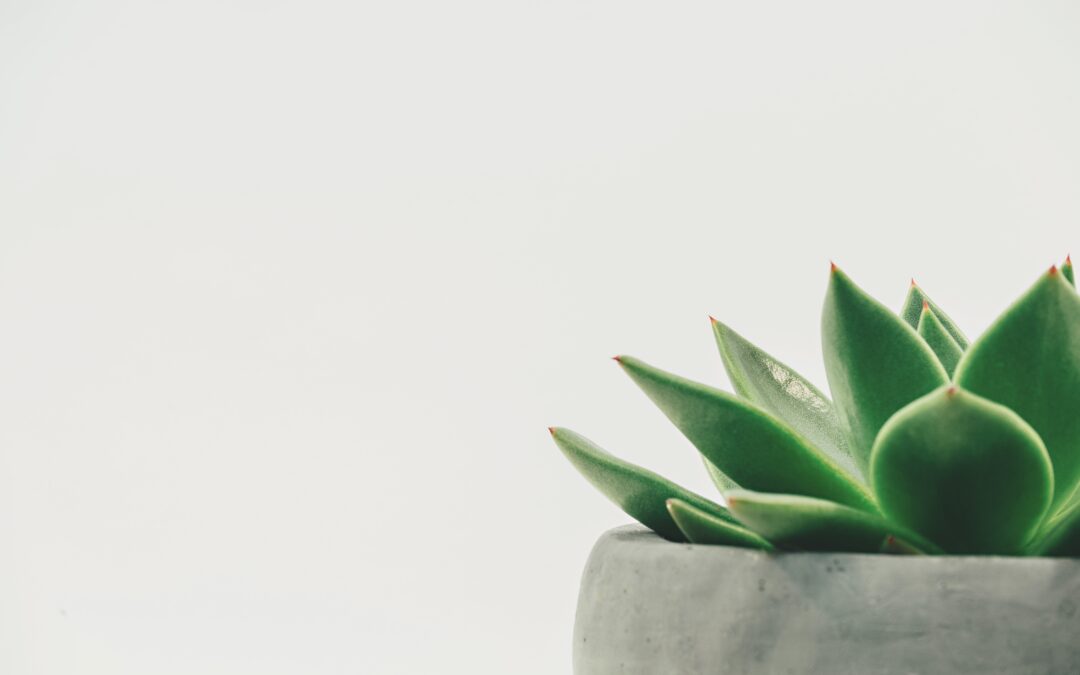Semi-hydroponics has become a universal language in the world of indoor gardening, uniting a diversity of plant species under a single cultivation technique. From the moisture-loving orchids to the arid-adapted cacti, each plant type can thrive within a semi-hydroponic system when its unique requirements are met. Tailoring the semi-hydro techniques to accommodate the eclectic needs of these different plants is key to fostering a thriving indoor garden.
**Catering to Orchid Elegance**
Orchids are renowned for their spectacular flowers and are often thought to be high-maintenance. However, semi-hydroponics can simplify their care by providing consistent moisture and air circulation around the roots, which mimics their natural epiphytic growing conditions. For orchids, the use of a semi-porous medium like LECA (Lightweight Expanded Clay Aggregate) beads enables their delicate roots to access water and nutrients without the risk of rot. The trick is to adjust the water level to sit just below the roots to maintain the high humidity these plants adore while ensuring adequate airflow.
**Succulents and Cacti: Desert Dwellers in Water**
Contrary to orchids, succulents and cacti originate from environments where water is scarce. Despite this, they too can be adapted to semi-hydroponic systems with careful control of water frequency and volume. The key for these drought-tolerant species is to allow the medium to dry out completely between waterings, mimicking the natural cycle of arid climates. Using a medium with larger particles can assist in providing the fast drainage that cacti and succulents prefer, preventing the root rot that can be fatal to these houseplants.
**Leafy Greens and Herbs: Edible Abundance**
Leafy greens and culinary herbs are favorites among edible plant enthusiasts and are particularly well-suited to semi-hydroponic cultivation. These plants often have shorter life cycles and require a consistent supply of nutrients to support their rapid growth. By using a semi-hydroponic system with a continuous flow or periodic flooding, gardeners can ensure that these species receive the water and nutrition they need to produce an abundant harvest.
**Adapting for Aroids and Tropicals**
Aroids and other tropical houseplants are becoming increasingly popular for their exotic foliage and air-purifying abilities. These plants typically thrive in environments with stable moisture and high humidity, which are conditions easily achieved with semi-hydroponic systems. A finer medium may be used to retain more water, and the reservoir can be adjusted to provide a continuous level of moisture that encourages vibrant tropical growth.
In conclusion, while semi-hydroponics presents a unified growing approach, its true strength lies in its versatility. By understanding the natural habitats and preferences of various plant species, gardeners can tailor the semi-hydroponic environment to suit each one’s needs. The result is a rich tapestry of plant life, from orchids to cacti, each flourishing in their own hydroponic niche. As gardeners continue to experiment and share their successes, the potential for diverse plant cultivation in semi-hydroponic systems continues to grow, proving that even the most distinct plant species can find common ground in the world of water culture.


















